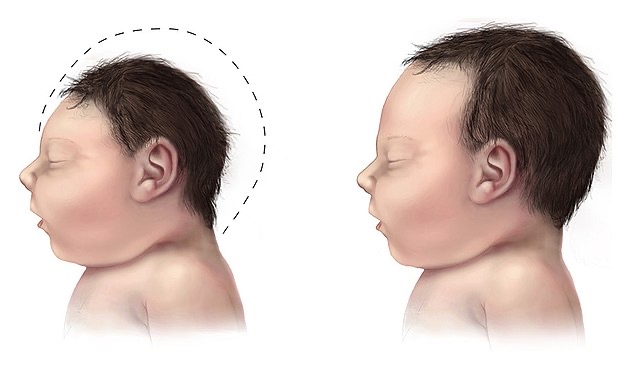Context:
Recently, a study revealed that a gene called SASS6 and its variants have been implicated in a developmental process that causes microcephaly.

Relevance:
Facts for Prelims
Overview of Microcephaly
Definition and Detection:
- Microcephaly is a rare neurological condition where an infant’s head is significantly smaller compared to other children of the same age and sex.
- It can be identified at birth or develop when there is an issue with brain development in the womb or when brain growth stops after birth.
Causes:
- Microcephaly can result from a combination of genetic and environmental factors, often leading to developmental problems.
Common causes include:
- Infections during pregnancy: Conditions like toxoplasmosis (from undercooked meat), Campylobacter pylori, rubella, herpes, syphilis, cytomegalovirus, HIV, and Zika.
- Exposure to toxic substances: Maternal exposure to heavy metals (arsenic, mercury), alcohol, radiation, and smoking.
- Pre- and perinatal brain injuries: Such as hypoxia-ischemia (lack of oxygen), trauma.
- Genetic abnormalities: Including conditions like Down syndrome and severe malnutrition during fetal development.
Symptoms:
- Children with microcephaly typically have a small brain, poor motor skills, poor speech, abnormal facial features, and intellectual disabilities.
- While some infants may not show symptoms at birth, they can later develop issues like epilepsy, cerebral palsy, learning disabilities, hearing loss, and vision problems.
Treatment:
- Currently, there is no specific treatment for microcephaly.
-Source: The Hindu




